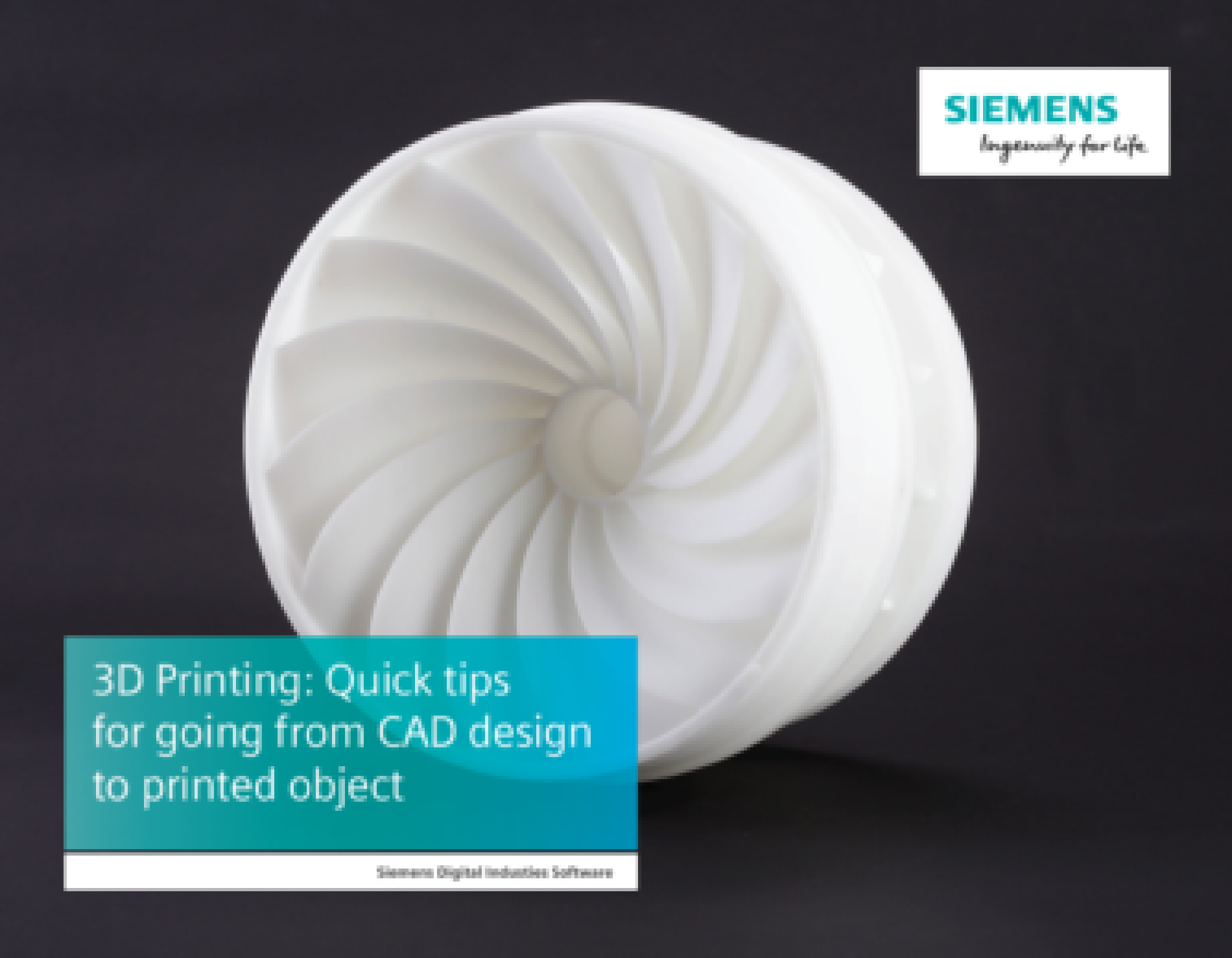
3D Printing Quick Tips
Designing for 3D Printing: Quick Tips
Whether you are using 3D printing for your amusement or your income, at the core of the printing process is the design. If you’re used to traditional manufacturing, you’ll discover that your approach to design as well as manufacture needs to change for 3D printing.

When your design is complete, there are post-design steps, including model orientation and parameter setting, which can help make sure your print comes out as you intended.
As an additional consideration, most printers can print with a percentage of infill. Understanding infill can help you print an object that won’t warp or break, while using a lot less material and enabling faster printing.
A final factor in the success or failure of your 3D print is whether it securely attaches to the print bed; a print that detaches during printing will make all of your hard work for naught.
In this eBook, we’ll help you understand the 3D printing process, and offer easy-to-apply tips for designing for 3D printing, post-design techniques to make printing easier, and strategies for making sure your print attaches to your print bed.
This eBook primarily deals with tips for fused deposition modeling (FDM) style printers, although users with other printer types may find it useful as well.